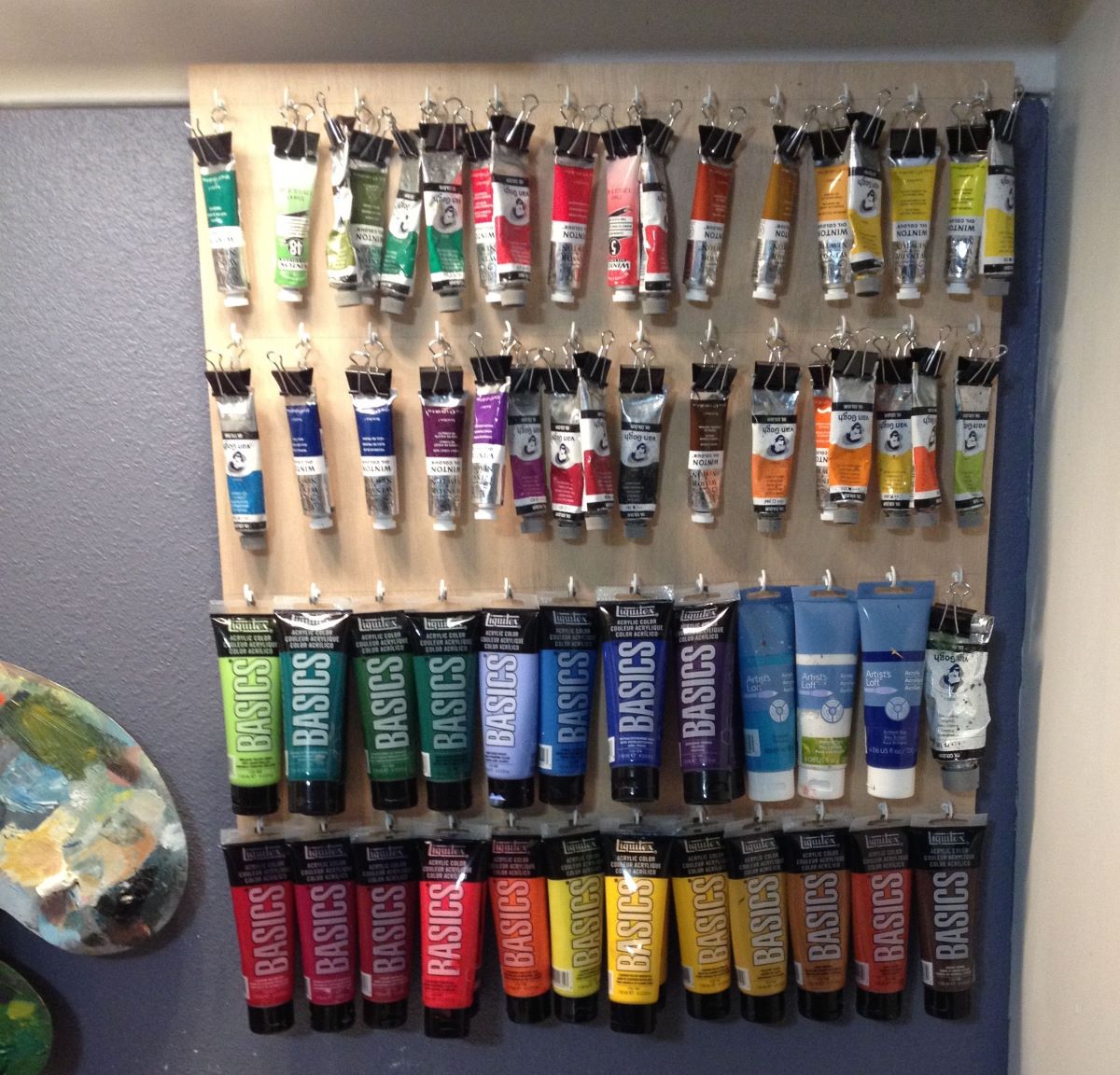

Articles
How To Store Acrylic Paint
Modified: February 28, 2024
Learn the best methods for storing and preserving your acrylic paint collection with our informative articles. Keep your paints fresh and ready for your next masterpiece!
(Many of the links in this article redirect to a specific reviewed product. Your purchase of these products through affiliate links helps to generate commission for Storables.com, at no extra cost. Learn more)
Introduction
Acrylic paint is a versatile medium beloved by artists and crafters alike. Whether you’re a professional artist or a hobbyist, properly storing your acrylic paint is essential to ensure its longevity and maintain its quality. Acrylic paint can be quite expensive, so you want to make sure it lasts as long as possible.
Storing acrylic paint properly requires a combination of choosing the right storage container, creating the ideal environment, organizing the tubes or bottles, labeling the containers, and implementing a few tips for extending the shelf life. In this article, we will guide you through the process of how to store acrylic paint effectively, so you can keep your paint in optimal condition and use it for many future projects.
Key Takeaways:
- Properly storing acrylic paint is crucial to maintain its quality, extend its shelf life, and prevent contamination. Choosing the right container, creating an optimal environment, and organizing and labeling the paint are key steps in ensuring its longevity.
- Implementing simple tips such as tightly sealing containers, storing in a cool environment, and minimizing waste can significantly extend the shelf life of acrylic paint. Proper care and storage practices help maintain the vibrancy and usability of this versatile medium for years to come.
Read more: How To Store Acrylic Paintings
Importance of Properly Storing Acrylic Paint
Properly storing acrylic paint is crucial for several reasons. Firstly, it helps to maintain the quality and consistency of the paint. Acrylic paint can dry out if exposed to air for long periods, making it difficult to work with. By storing the paint correctly, you can prevent it from drying out prematurely and ensure that it remains in a usable state.
In addition to preserving the paint’s texture and consistency, proper storage also extends the shelf life of acrylic paint. Acrylic paint contains pigments and binders that can deteriorate over time, affecting its color and adhesion. Storing the paint in an appropriate manner can slow down this degradation process, allowing you to enjoy its vibrant colors for a longer period.
Furthermore, proper storage helps to prevent contamination of the paint. Dust, debris, or even other paints can inadvertently mix with your acrylic paint if it is not stored correctly. This can lead to undesirable color shifts or a change in the paint’s properties. By storing each paint tube or bottle separately and securely, you minimize the risk of contamination and ensure the integrity of your paints.
Lastly, storing your acrylic paint properly allows for easy access and organization. When your paints are stored in a well-organized manner, you can quickly find the colors you need for your projects. This saves you time and frustration, enabling you to focus more on creating art rather than searching for the right paint.
Overall, understanding the importance of proper storage for acrylic paint is essential to preserve its quality, extend its shelf life, prevent contamination, and allow for easy organization. By implementing suitable storage practices, you can protect your investment in acrylic paint and enjoy its benefits for years to come.
Choosing the Right Storage Container
When it comes to storing acrylic paint, choosing the right storage container is crucial. You want a container that can effectively seal out air, moisture, and light to keep your paint in optimal condition. Here are some options to consider:
- Plastic Containers: Plastic containers are a popular choice for storing acrylic paint due to their durability, affordability, and ability to provide an airtight seal. Look for containers that are made of high-quality, BPA-free plastic and have tight-fitting lids. Transparent containers are ideal as they allow you to easily see the colors inside without having to open each container.
- Glass Jars: Glass jars with airtight lids can also be used to store acrylic paint. They offer excellent protection against air and moisture and are particularly suitable for storing larger quantities of paint. However, keep in mind that glass containers are more fragile and can break if mishandled.
- Squeeze Bottles: Squeeze bottles with a nozzle are great for storing acrylic paint that you frequently use. They allow for easy dispensing and minimize the exposure of the paint to air. Look for squeeze bottles with a cap or flip-top lid to prevent drying out.
- Palette Trays: If you prefer to store your acrylic paint in a more accessible way, consider using a palette tray with individual wells. These trays are designed to hold multiple paint colors and can be covered with a lid to keep the paint fresh. Palette trays are especially useful if you like to work with a limited color palette and want quick access to your paints.
When choosing a storage container, make sure it is clean and free from any residue or previous paint. This prevents cross-contamination and ensures that your acrylic paint remains pure and untainted. Additionally, consider the size of the container based on the amount of paint you have and the frequency of use. Smaller containers are suitable for smaller quantities or paints you use infrequently, while larger containers are necessary for larger quantities or frequently used paints.
Remember, the key is to choose a storage container that provides a secure and airtight seal to protect your acrylic paint from air, moisture, and light. This will help keep your paint in excellent condition and ready for use whenever inspiration strikes.
Best Environment for Storing Acrylic Paint
The environment in which you store your acrylic paint plays a crucial role in preserving its quality and prolonging its shelf life. Here are some key factors to consider when creating the best environment for storing acrylic paint:
- Temperature: Acrylic paint is sensitive to temperature extremes. It is best to store your acrylic paint in a cool, dry place away from direct sunlight and heat sources. Fluctuating temperatures can cause the paint to expand and contract, leading to separation or coagulation. Aim for a temperature range of 65°F to 75°F (18°C to 24°C) for optimal storage conditions.
- Humidity: Excessive humidity can negatively impact acrylic paint by causing mold growth or a loss of adhesion. It is recommended to store acrylic paint in an environment with moderate humidity levels, ideally between 40% to 60%. If you live in a particularly humid location, consider using a dehumidifier or desiccant packs to absorb excess moisture.
- Light: Ultraviolet (UV) light can cause the pigments in acrylic paint to fade or change color over time. To protect your paint from light damage, store it in a dark or dimly lit area. If you use transparent containers, ensure they are opaque or place them in a drawer or box to shield them from light exposure.
- Air Circulation: While it is important to seal your acrylic paint containers to prevent air exposure, some air circulation is beneficial to avoid stagnant air. Avoid storing your paint in extremely airtight spaces, as this can lead to the build-up of gases and potentially affect the quality of the paint. However, make sure the area is not overly drafty or exposed to excessive air movement, as it can cause the paint to dry out.
In addition to these factors, it is vital to store acrylic paint away from chemicals, solvents, and strong odors that can potentially interact with or contaminate the paint. A clean and dust-free environment is also essential to prevent debris from getting into the paint containers.
By ensuring the best environment for storing acrylic paint, you can prolong its usability and maintain its vibrant colors. Taking the time to create an optimal storage space will pay off in the long run, allowing you to enjoy your acrylic paint for years to come.
Organizing Acrylic Paint Tubes
Keeping your acrylic paint tubes organized not only makes it easier to find the colors you need but also helps extend their shelf life. Here are some tips for organizing acrylic paint tubes:
- Group by Color: Sort your acrylic paint tubes by color families such as reds, blues, greens, etc. This makes it easier to locate specific colors when you’re working on a project. Consider using dividers or compartments in your storage container to keep the color groups separate.
- Arrange by Size: If you have different sizes of acrylic paint tubes, consider arranging them by size. Store smaller tubes together and larger tubes in a separate section. This arrangement makes it easier to see the variety of sizes you have and prevents smaller tubes from getting lost among larger ones.
- Labeling: Label each acrylic paint tube with the color name or number using a permanent marker or labels. This ensures that you can identify the color without having to open the tube. Additionally, labeling helps you keep track of the colors you have and avoid duplicate purchases.
- Vertical Storage: Store your acrylic paint tubes in a vertical position rather than laying them flat. This prevents excess air from entering the tube, which can cause the paint to dry out more quickly. Vertical storage also allows you to easily see the colors and prevents them from getting mixed or clumped together.
- Utilize Storage Systems: Explore different storage systems designed specifically for acrylic paint tubes. These systems often feature slots or compartments where you can insert and organize your tubes. They come in various sizes to accommodate different quantities of paint tubes and can be easily stacked or stored on a shelf.
- Regular Inventory Check: Periodically go through your acrylic paint tubes and check for any tubes that have expired or dried out. Remove any unusable tubes from your collection to make room for new paint and keep your inventory fresh.
By implementing these organizing tips, you will not only have a neat and tidy collection of acrylic paint tubes but also be able to easily access the colors you need when working on projects. A well-organized setup reduces wastage, helps you stay inspired, and ensures the longevity of your acrylic paint tubes.
Store acrylic paint in a cool, dry place away from direct sunlight and extreme temperatures. Keep the lids tightly closed to prevent drying out, and store the containers upright to avoid leakage.
Read more: How To Store Acrylic Paint Bottles
Storing Acrylic Paint Bottles
When it comes to storing acrylic paint bottles, there are a few key considerations to ensure their longevity and ease of use. Here are some tips for storing acrylic paint bottles:
- Upright Position: Store your acrylic paint bottles in an upright position. This helps to prevent leakage and minimize the risk of air entering the bottle, which can cause the paint to dry out. Storing the bottles upright also allows you to easily see the color labels and access the paint without any hassle.
- Tighten Caps: Always make sure to tighten the caps securely on the acrylic paint bottles. This provides an airtight seal and prevents the paint from drying out prematurely. Inadequate sealing can lead to thickening or clumping of the paint, making it difficult to work with.
- Separate by Brand or Type: If you have acrylic paint bottles from multiple brands or different types (e.g., matte, gloss), consider storing them separately. This allows you to locate specific brands or types more easily when working on projects that require specific characteristics or color ranges.
- Group by Color: Similar to organizing paint tubes, grouping acrylic paint bottles by color can be beneficial. Arrange the bottles by color families or in a rainbow color order to make it visually appealing and facilitate color selection. You can use dividers or separate compartments to keep the color groups organized.
- Utilize Racks or Shelving Units: Invest in acrylic paint racks or shelving units designed specifically for storing paint bottles. These racks often have tiered levels or compartments, allowing you to display and access your paint bottles easily. These storage solutions also prevent the bottles from rolling around and potentially getting damaged.
- Avoid Extreme Temperatures: Just like acrylic paint tubes, it is important to store acrylic paint bottles in a cool, dry place away from extreme temperatures or direct sunlight. High temperatures can cause the paint to expand and contract, potentially leading to leaks or spoilage. Extreme cold temperatures, on the other hand, can affect the paint’s consistency and texture.
- Regularly Shake Bottles: Acrylic paint bottles can develop a settled pigment at the bottom with prolonged storage. To ensure consistent color distribution, make it a habit to shake the bottles gently before each use. This helps to remix the pigment and maintain the desired consistency.
By following these storage tips, you can keep your acrylic paint bottles well-organized, easily accessible, and in optimal condition. Proper storage not only extends the shelf life of your paint but also allows you to enjoy smooth and consistent application for your creative projects.
Proper Labeling of Acrylic Paint Containers
Properly labeling your acrylic paint containers is essential for easy identification and organization. It ensures that you can quickly find the colors you need and helps you keep track of your paint inventory. Here are some tips for properly labeling your acrylic paint containers:
- Color Name or Number: Label each acrylic paint container with the color name or number. This allows you to identify the color without having to open the container. If you have multiple shades of the same color, noting the specific name or number helps you differentiate between them.
- Brand Name: If you have acrylic paint containers from different brands, consider including the brand name on the label. This is especially useful if you prefer specific brands for their unique characteristics or color ranges.
- Additional Information: Depending on your preference, you can include additional information on the label, such as the paint type (matte, glossy, metallic), mixing ratios, or any particular notes about the color. This extra information can be helpful for future reference or when working on specific projects.
- Clear and Legible: Make sure the labeling is clear and legible. Use a permanent marker or labels that adhere well to the container’s surface. Avoid using stickers that may peel off over time or become unreadable due to wear and tear.
- Consistent Labeling System: Establish a consistent method for labeling your acrylic paint containers. Whether you choose to use handwritten labels or printed labels, sticking to a uniform system ensures consistency and avoids confusion when searching for specific colors.
- Position Label Clearly: Place the label in a visible location on the container, such as the cap or the side of the container. This makes it easy to spot the color name or number at a glance, even when the containers are stored vertically or stacked.
- Update Labels Regularly: As you add or remove paint from your collection, make sure to update your labels accordingly. This helps to maintain an accurate inventory of your acrylic paint colors and prevents confusion when looking for specific shades.
Properly labeling your acrylic paint containers not only facilitates easy identification but also adds to the overall organization of your painting supplies. It helps streamline your creative process and ensures that you can quickly find the colors you need to bring your artistic vision to life.
Tips for Extending the Shelf Life of Acrylic Paint
To get the most out of your acrylic paint and prolong its shelf life, it’s important to take certain precautions and follow a few simple tips. Here are some suggestions for extending the shelf life of your acrylic paint:
- Tightly Seal Containers: Ensure that your paint containers are tightly sealed after each use. This helps to prevent air from entering and drying out the paint. Make sure the lids or caps are securely fastened to maintain an airtight seal.
- Store in a Cool Environment: Acrylic paint is sensitive to high temperatures, which can cause it to break down and deteriorate faster. Store your paint in a cool environment with stable temperatures, ideally between 65°F to 75°F (18°C to 24°C). Avoid storing it near heat sources or in direct sunlight.
- Avoid Freezing: Exposure to freezing temperatures can damage acrylic paint. Avoid leaving your paint in an environment where it can freeze, such as a cold garage or attic. Frozen paint may become unusable due to changes in texture and consistency.
- Prevent Contamination: Keep your acrylic paint containers clean and free from dust or debris. When using the paint, avoid introducing foreign objects or contaminants into the container. This helps to maintain the integrity of the paint and prevents unwanted reactions or changes in color.
- Store Upright: Store your acrylic paint containers in an upright position to prevent leakage, especially if they’re stored in squeeze bottles or jars. Storing them vertically also prevents paint from settling and requiring excessive shaking before use.
- Rotate Paint Tubes: To prevent the pigments from settling and drying out, rotate the position of your acrylic paint tubes periodically. This ensures that the paint stays well-mixed and maintains consistent quality over time.
- Limit Air Exposure: To minimize air exposure, consider transferring your acrylic paint to smaller containers that fit the quantity you use frequently. Using smaller containers will reduce the amount of air that comes into contact with the paint, helping to extend its shelf life.
- Use Moisture-Retaining Palettes: When working with acrylic paint on a palette, choose one that has a cover or can be sealed. This helps to prevent the paint from drying out quickly while you’re working, allowing you to reuse it for extended periods.
- Minimize Waste: Use your acrylic paint regularly to prevent it from sitting unused for extended periods. Plan your projects and paint quantities accordingly to minimize waste and maintain a fresh supply of paint.
- Properly Dispose of Expired Paint: Confirm the expiration date of your acrylic paint and properly dispose of any expired or unusable paint. This not only keeps your collection organized but also ensures that you are only using paint that is in its best condition.
By implementing these tips, you can maximize the shelf life of your acrylic paint, reduce waste, and ensure that your paint is always ready for your artistic endeavors. Whether you’re a professional artist or a hobbyist, taking care of your acrylic paint will help you make the most of this versatile and vibrant medium.
Conclusion
Properly storing your acrylic paint is essential to maintain its quality, extend its shelf life, and ensure that it remains in a usable state for future projects. By choosing the right storage container, creating the best environment, organizing the tubes or bottles, and properly labeling your acrylic paint containers, you can keep your paints in optimal condition and easily access the colors you need.
Choosing a storage container that seals out air, moisture, and light is crucial. Plastic containers, glass jars, squeeze bottles, or palette trays are all viable options, depending on your preferences and needs. Storing acrylic paint in a cool, dry place away from extreme temperatures and direct sunlight helps to preserve its texture, consistency, and color vibrancy.
Organizing your acrylic paint tubes or bottles can save you time and frustration. Grouping them by color and size, utilizing storage systems or racks, and regularly inventory checks ensure easy access and prevent contamination. Properly labeling your acrylic paint containers with color names, brand names, and additional information helps with quick identification and maintain an accurate paint inventory.
To extend the shelf life of your acrylic paint, follow tips such as tightly sealing containers, storing in a cool environment, avoiding freezing, preventing contamination, storing upright, and limiting air exposure. Using moisture-retaining palettes, minimizing waste, and properly disposing of expired paint also contribute to maintaining the quality and usability of your acrylic paint collection.
By implementing these practices, you’ll be able to make the most of your acrylic paint, save money by reducing waste, and ensure that your paint is always ready when inspiration strikes. With proper storage and care, your acrylic paint will continue to be a vibrant and versatile medium for your artistic endeavors for years to come.
Frequently Asked Questions about How To Store Acrylic Paint
Was this page helpful?
At Storables.com, we guarantee accurate and reliable information. Our content, validated by Expert Board Contributors, is crafted following stringent Editorial Policies. We're committed to providing you with well-researched, expert-backed insights for all your informational needs.
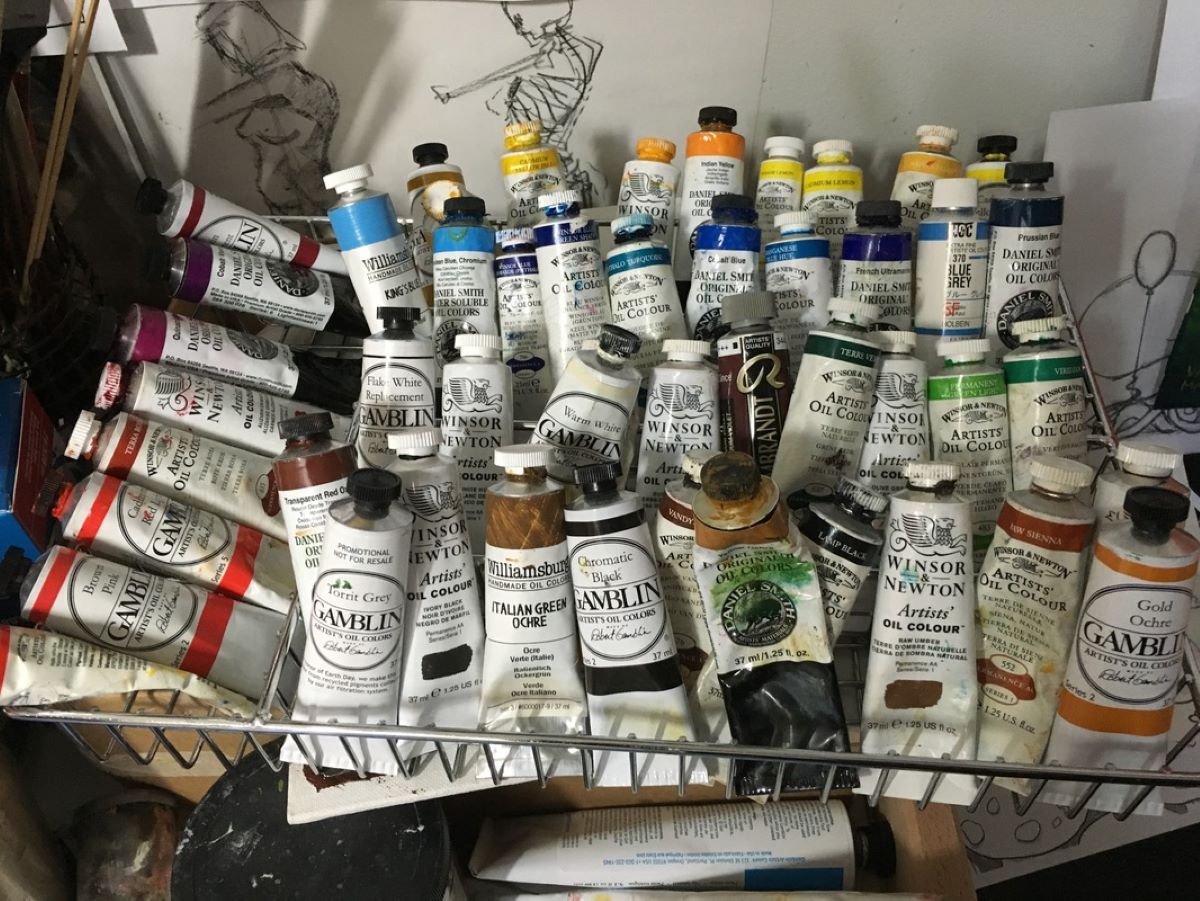
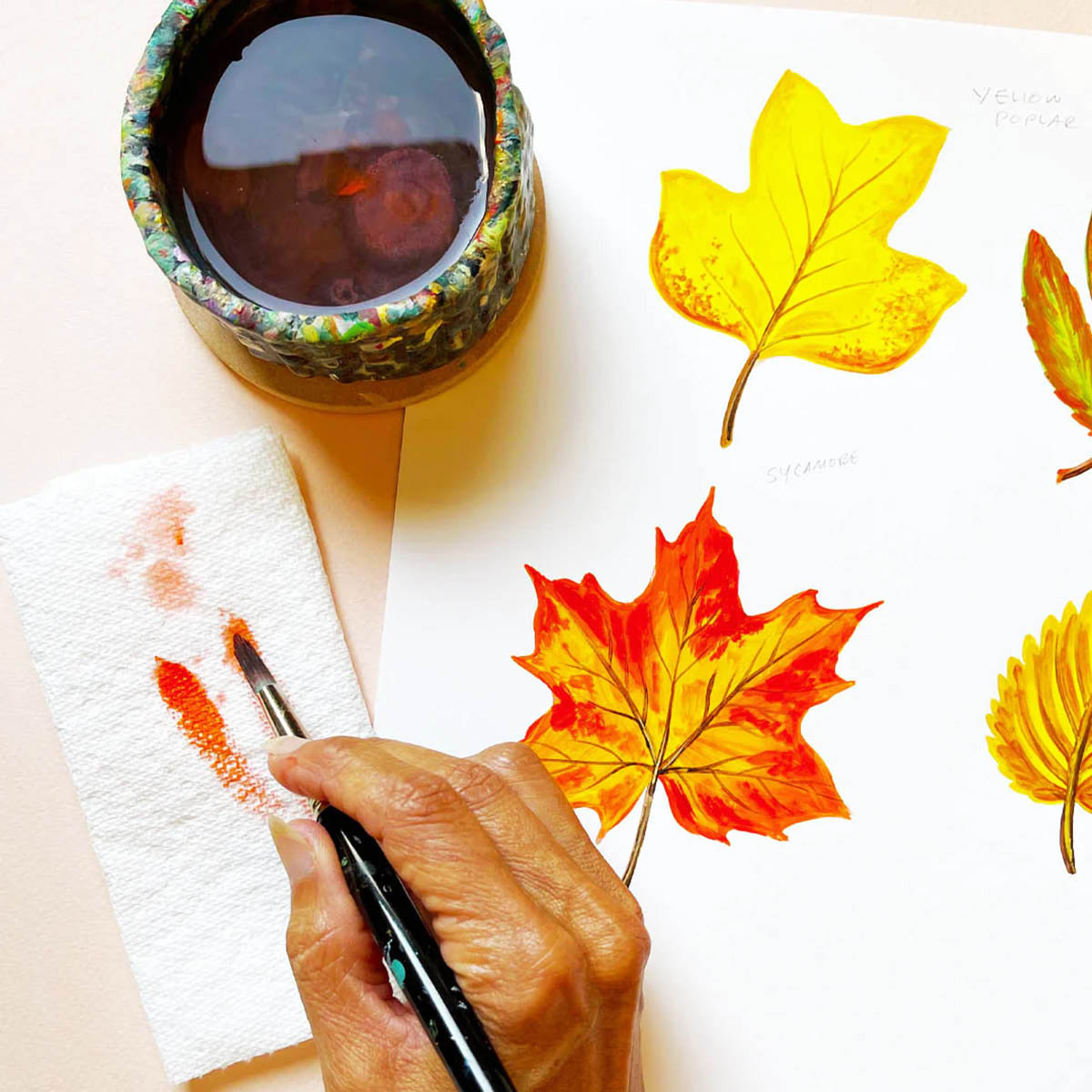


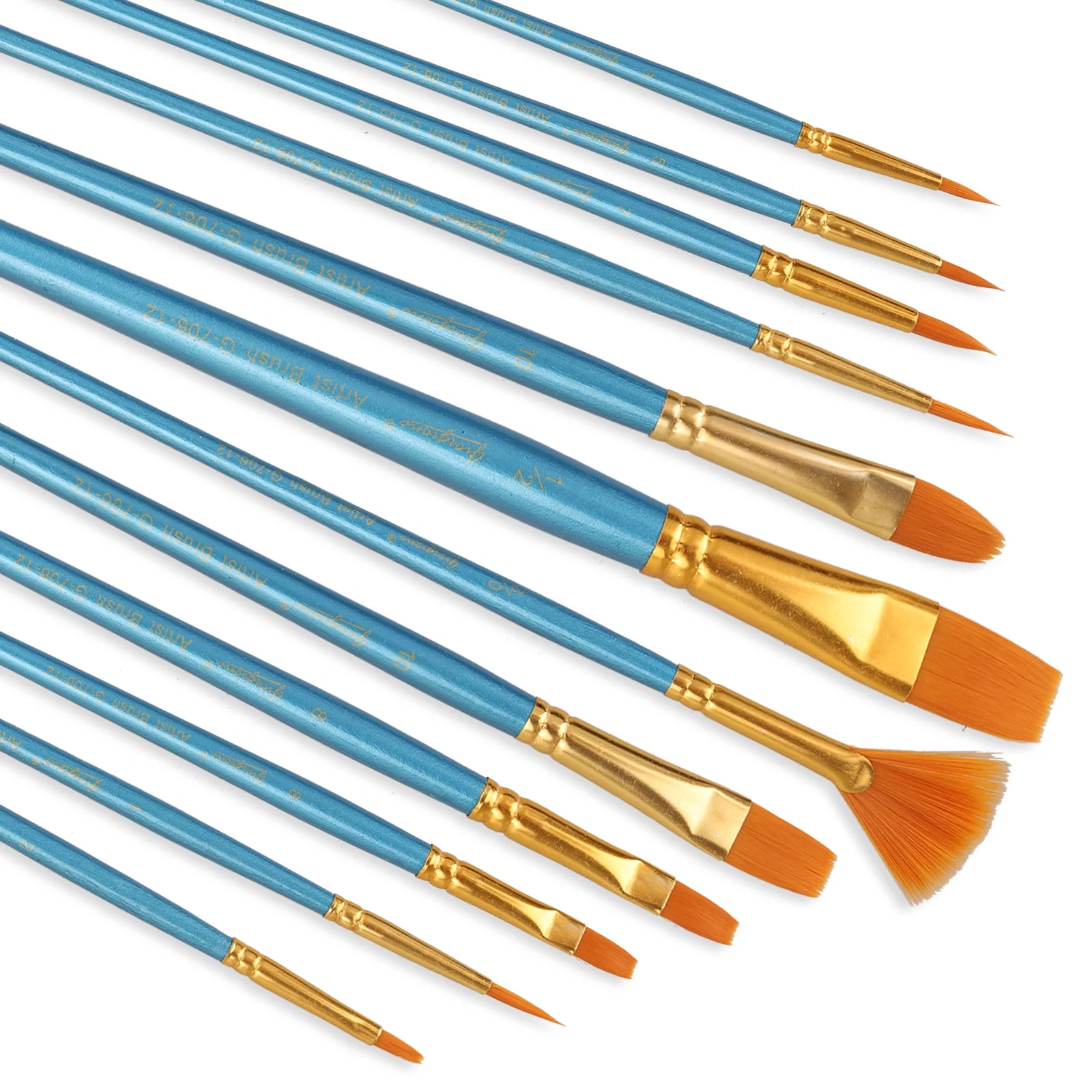


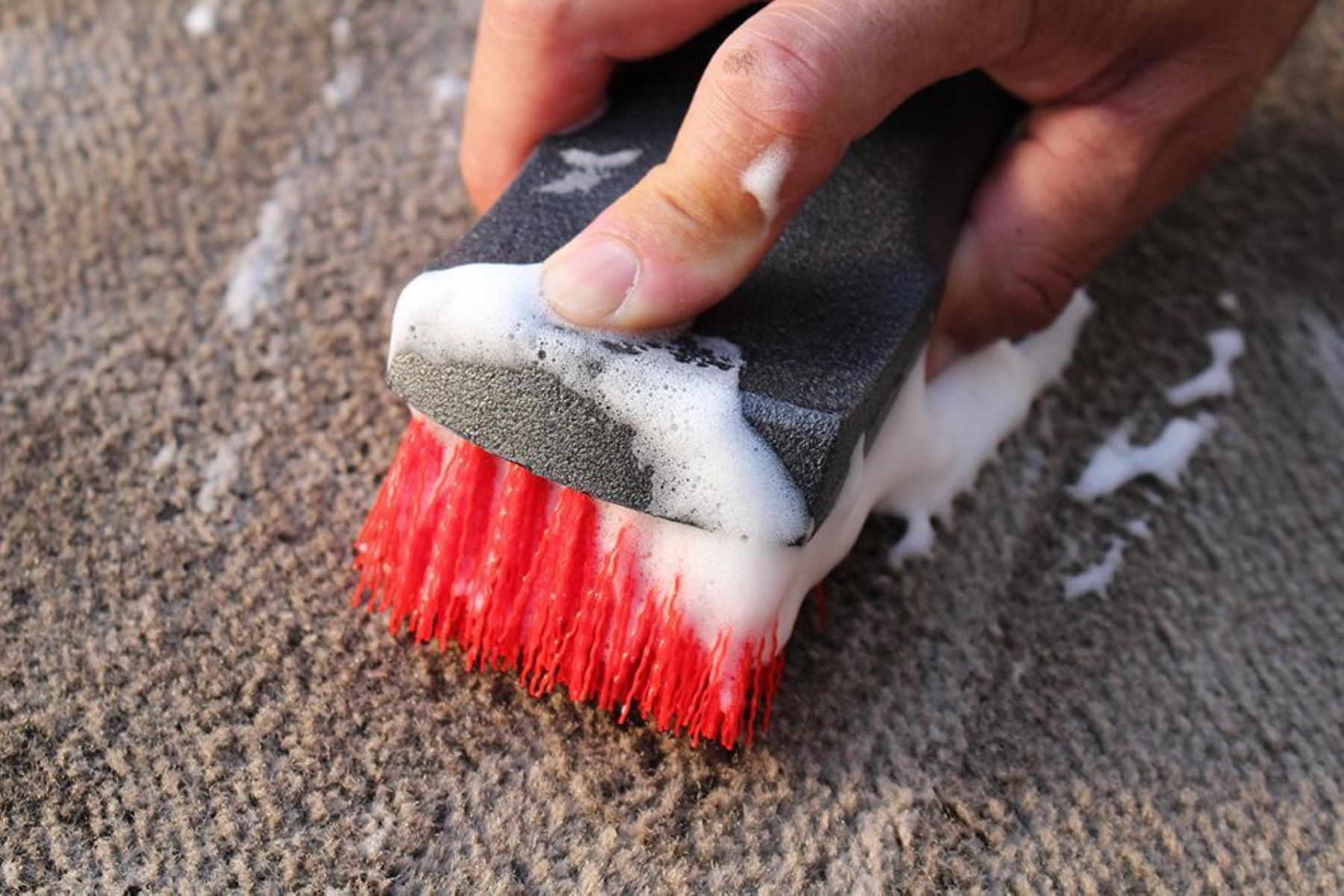
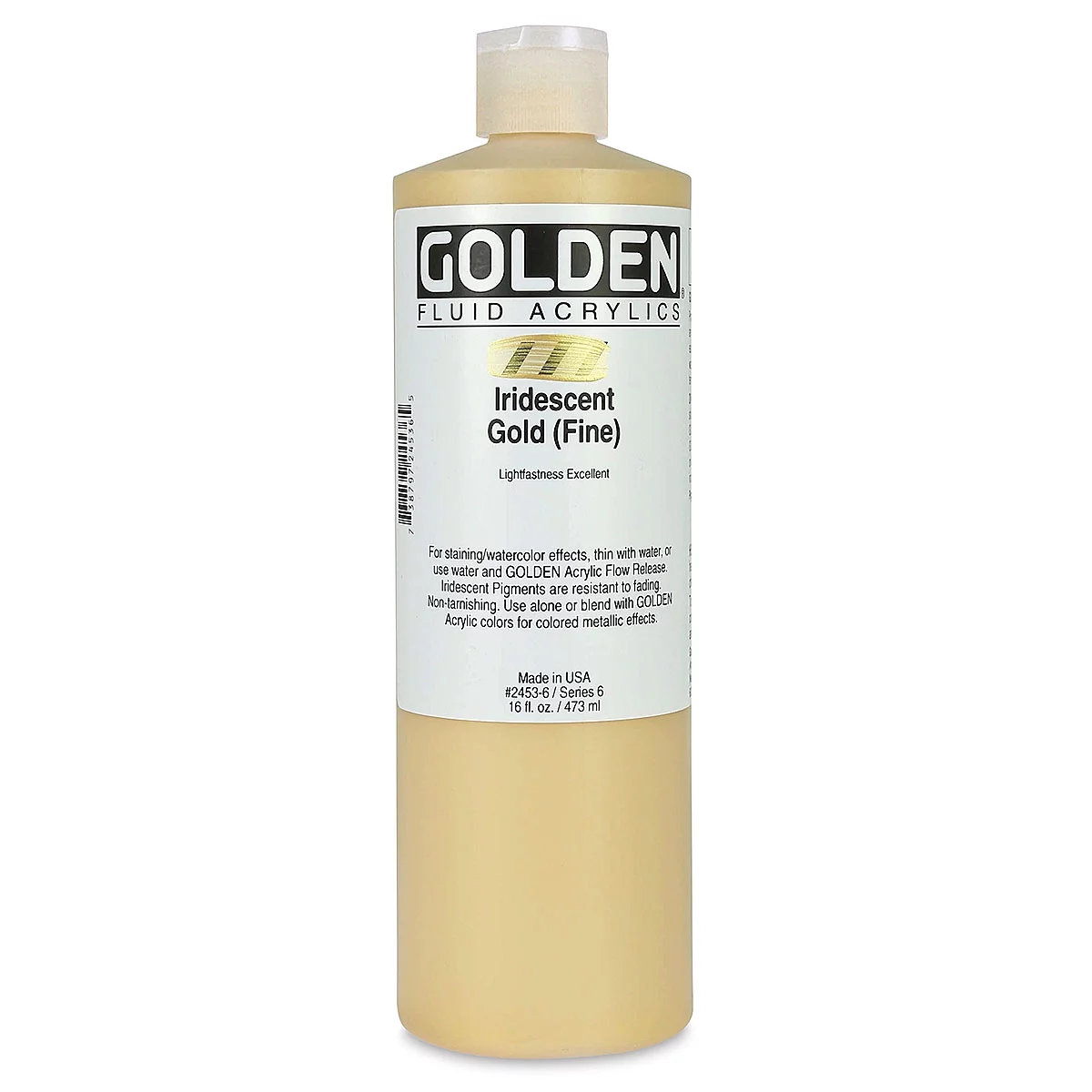
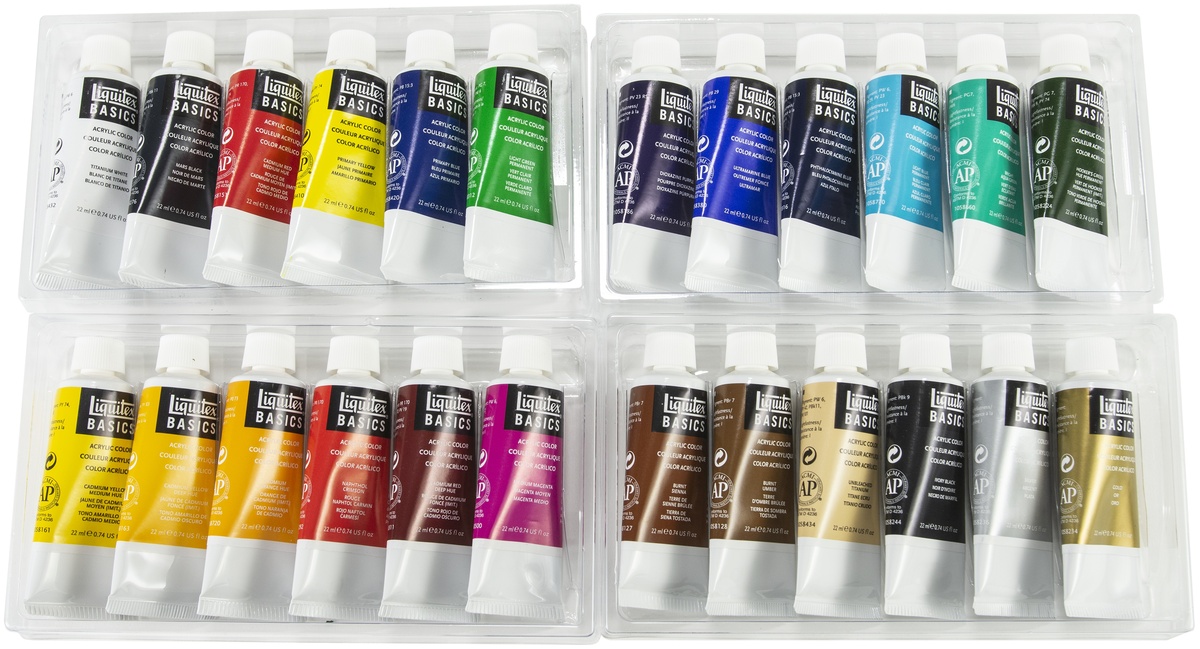
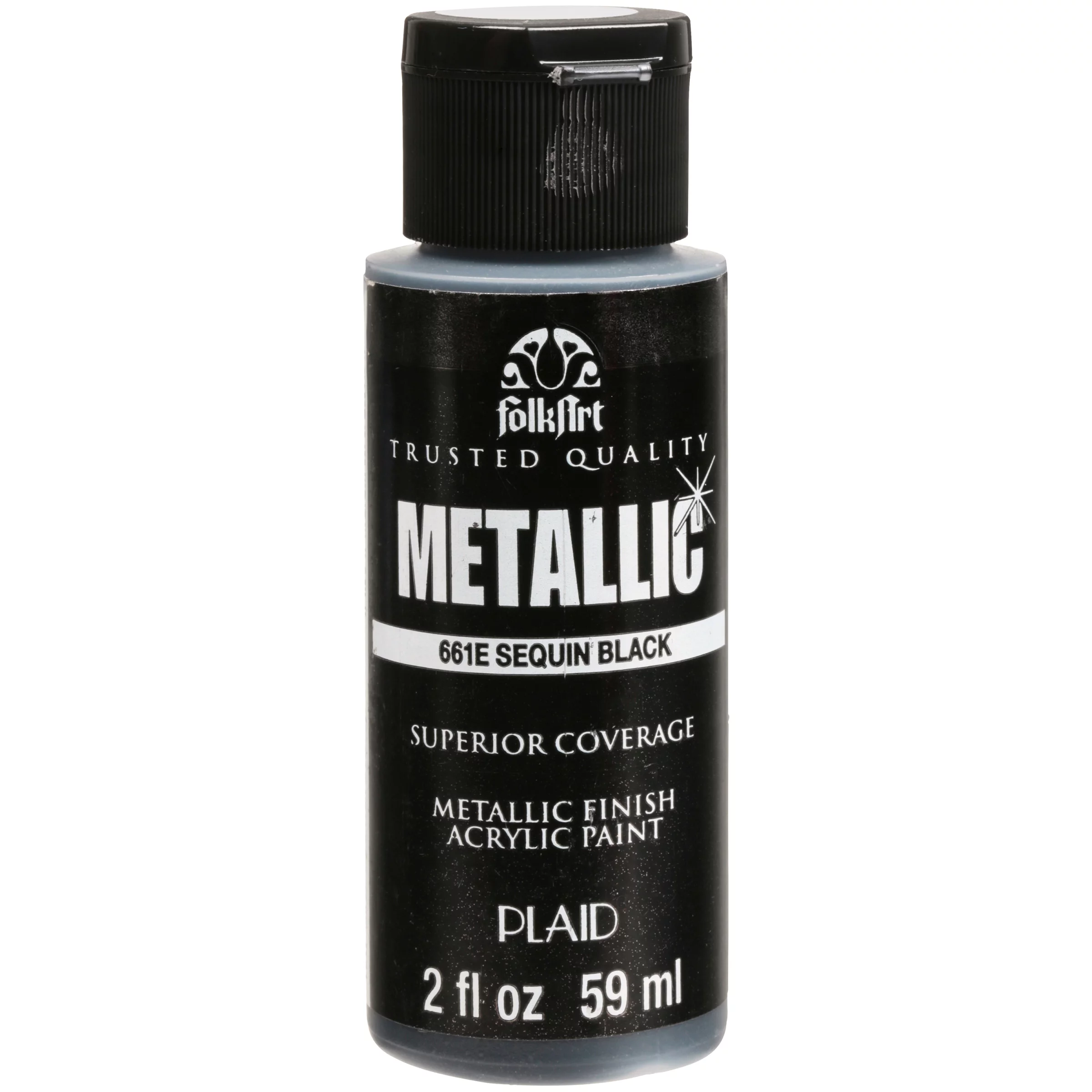
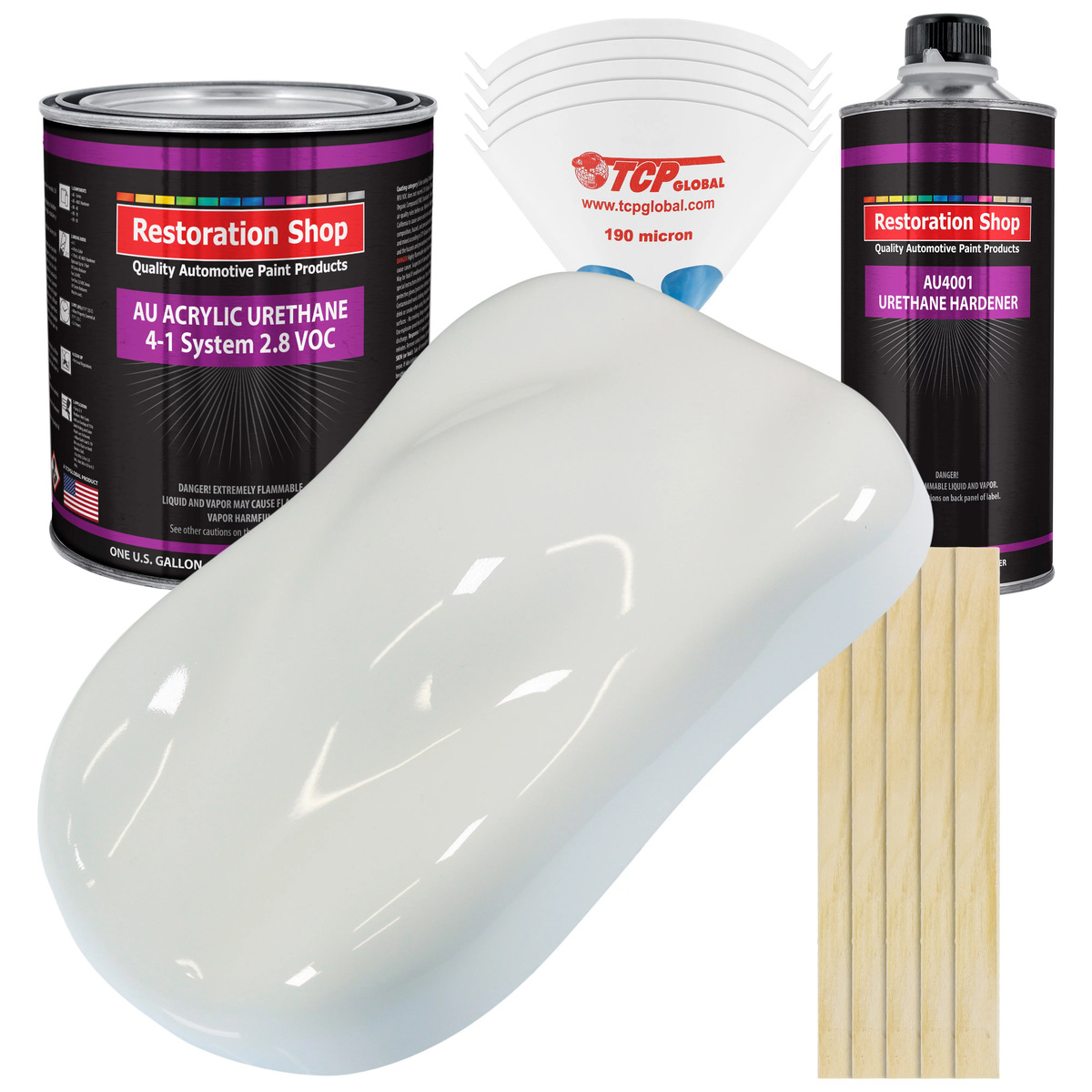
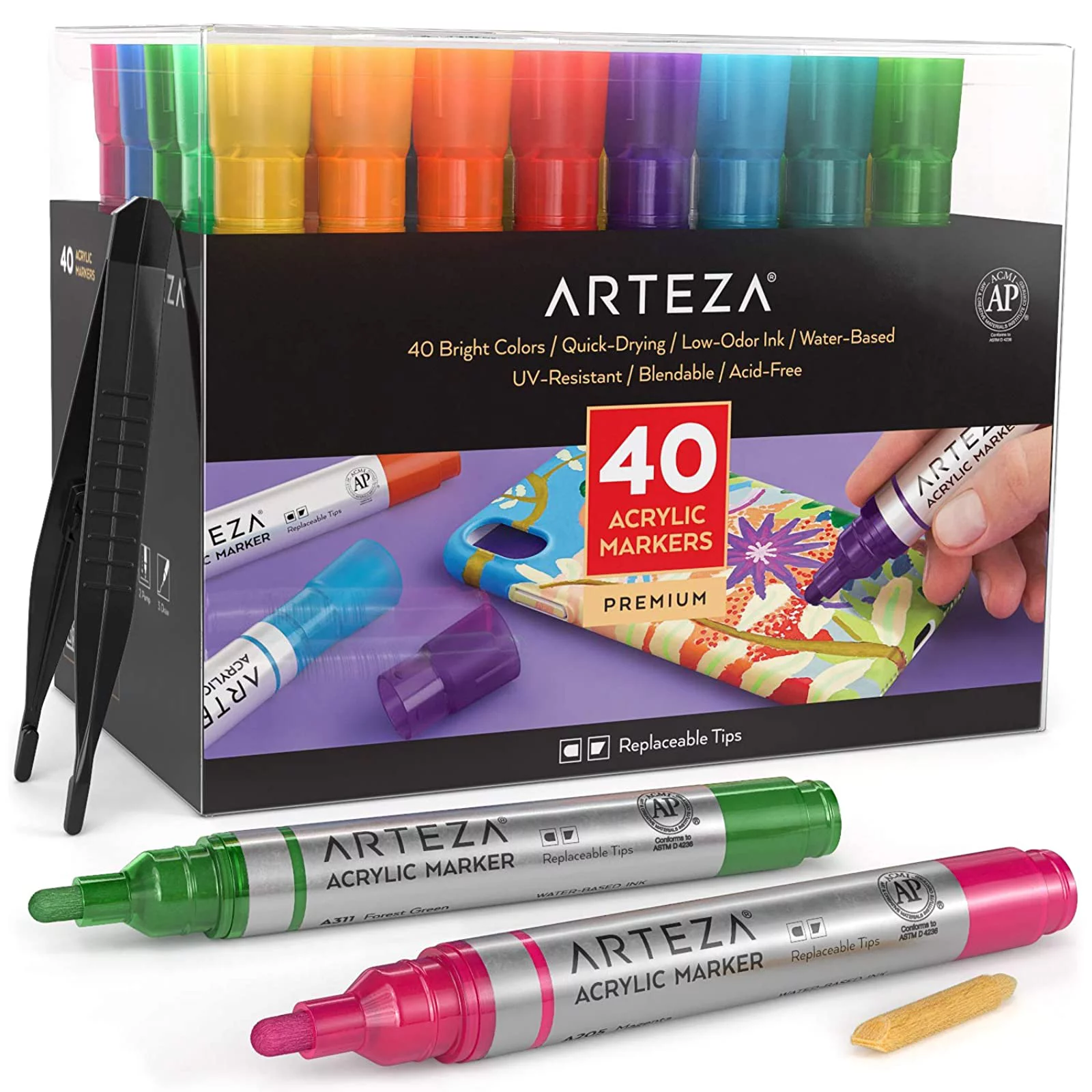
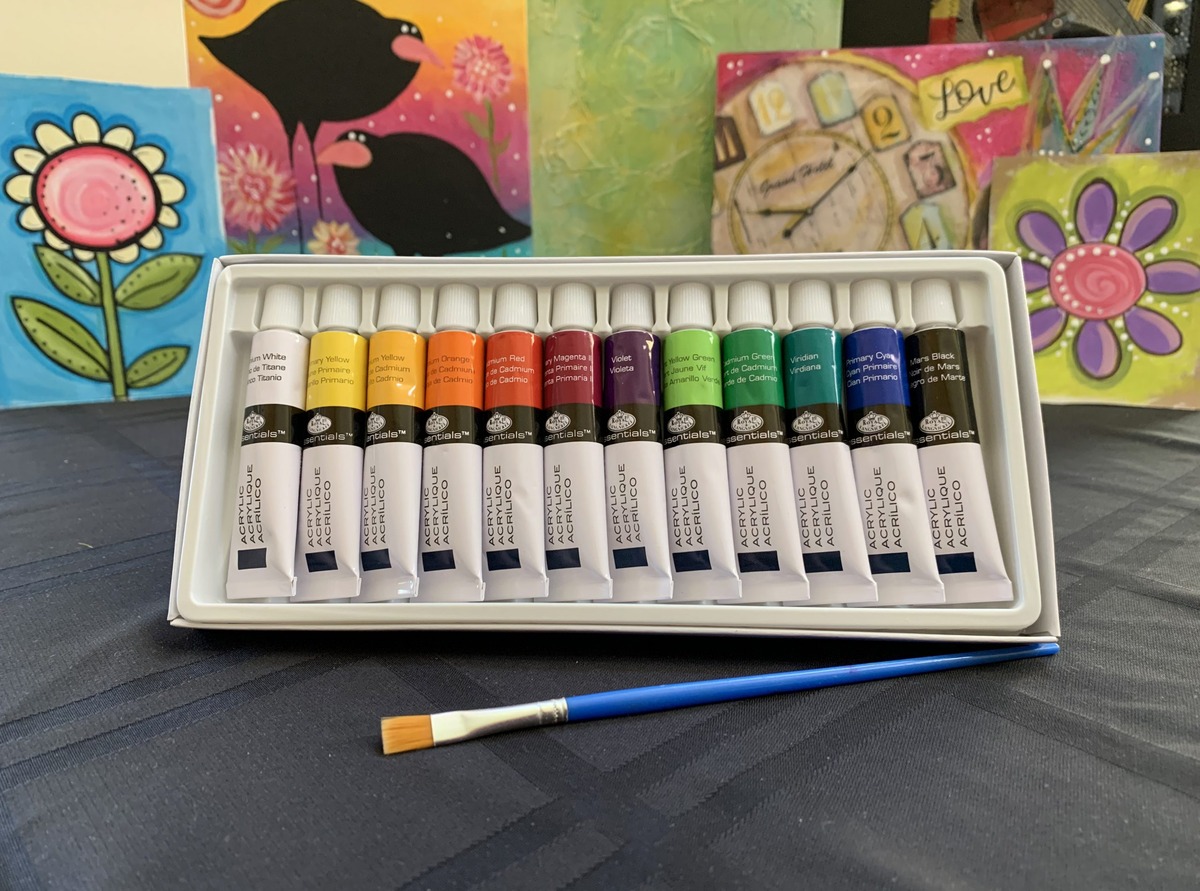

0 thoughts on “How To Store Acrylic Paint”